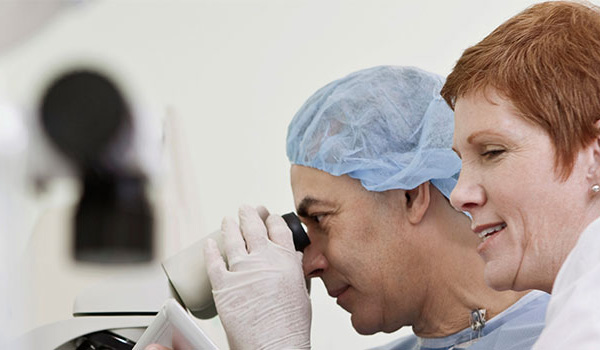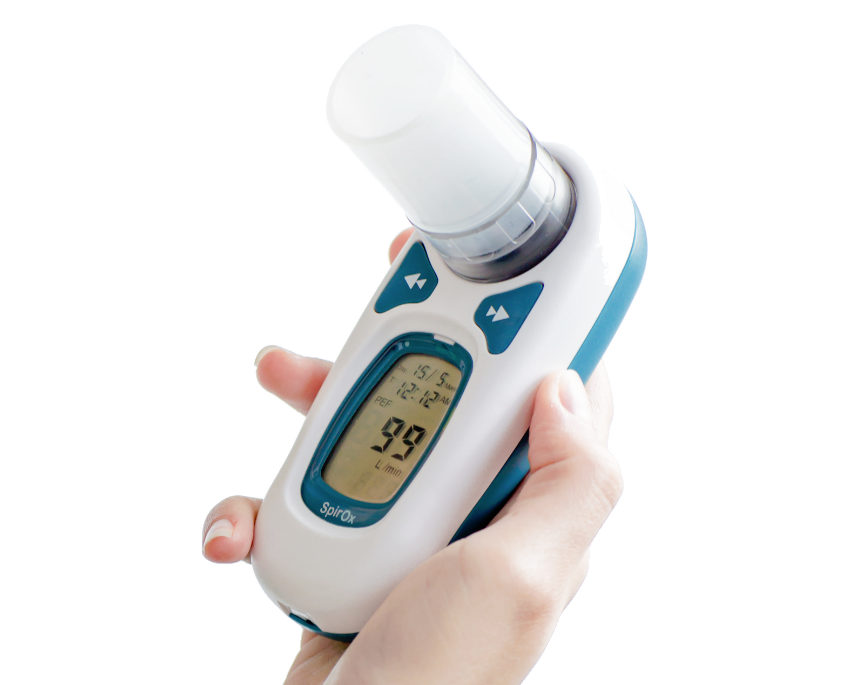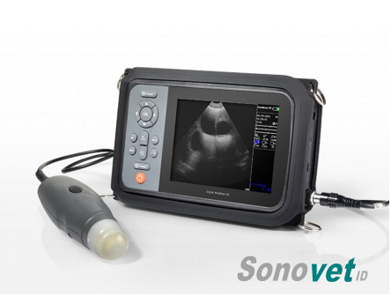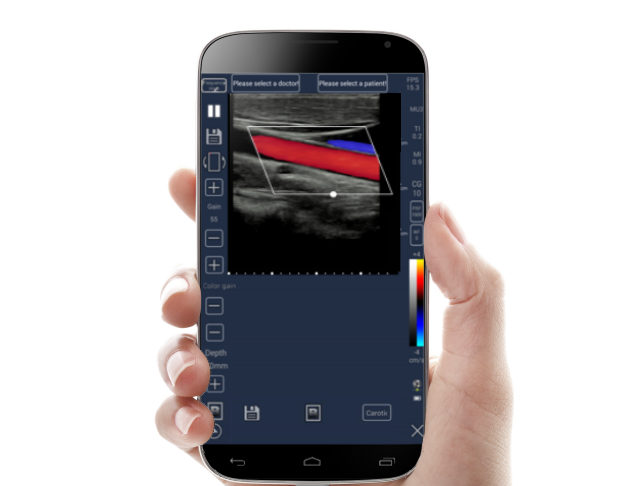How Ultrasound Works
There are many situations when ultrasound is performed. Perhaps you are pregnant, and your obstetrician wants you to have an ultrasound to check on the developing baby or determine the due date. Maybe you are having problems with blood circulation in a limb or your heart, and your doctor has requested a Doppler ultrasound to look at the blood flow. Ultrasound has been a popular medical imaging technique for many years.
What is Ultrasound?
Ultrasound or ultrasonography is a medical imaging technique that uses high frequency sound waves and their echoes. The technique is similar to the echolocation used by bats, whales and dolphins, as well as SONAR used by submarines. In ultrasound, the following events happen:
The ultrasound machine transmits high-frequency (1 to 5 megahertz) sound pulses into your body using a probe.
The sound waves travel into your body and hit a boundary between tissues (e.g. between fluid and soft tissue, soft tissue and bone).
Some of the sound waves get reflected back to the probe, while some travel on further until they reach another boundary and get reflected.
The reflected waves are picked up by the probe and relayed to the machine.
The machine calculates the distance from the probe to the tissue or organ (boundaries) using the speed of sound in tissue (5,005 ft/s or1,540 m/s) and the time of the each echo's return (usually on the order of millionths of a second).
The machine displays the distances and intensities of the echoes on the screen, forming a two dimensional image like the one shown below.
Ultrasound image of a growing fetus (approximately 12 weeks old) inside a mother's uterus. This is a side view of the baby, showing (right to left) the head, neck, torso and legs.
In a typical Ultrasound, millions of pulses and echoes are sent and received each second. The probe can be moved along the surface of the body and angled to obtain various views.
The ultrasound machine
A basic ultrasound machine has the following parts:
transducer probe - probe that sends and receives the sound waves
central processing unit (CPU) - computer that does all of the calculations and contains the electrical power supplies for itself and the transducer probe.
transducer pulse controls - changes the amplitude, frequency and duration of the pulses emitted from the transducer probe
display - displays the image from the Ultrasounddata processed by the CPU
keyboard/cursor - inputs data and takes measurements from the display
disk storage device (hard, floppy, CD) - stores the acquired images
printer - prints the image from the displayed data
Transducer Probe
The transducer probe is the main part of the ultrasound machine. The transducer probe makes the sound waves and receives the echoes. It is, so to speak, the mouth and ears of the ultrasound machine. The transducer probe generates and receives sound waves using a principle called the piezoelectric (pressure electricity) effect, which was discovered by Pierre and Jacques Curie in 1880. In the probe, there is one or more quartz crystals called piezoelectric crystals. When an electric current is applied to these crystals, they change shape rapidly. The rapid shape changes, or vibrations, of the crystals produce sound waves that travel outward. Conversely, when sound or pressure waves hit the crystals, they emit electrical currents. Therefore, the same crystals can be used to send and receive sound waves. The probe also has a sound absorbing substance to eliminate back reflections from the probe itself, and an acoustic lens to help focus the emitted sound waves.
Transducer probes come in many shapes and sizes, as shown in the photo above. The shape of the probe determines its field of view, and the frequency of emitted sound waves determines how deep the sound waves penetrate and the resolution of the image. Transducer probes may contain one or more crystal elements; in multiple-element probes, each crystal has its own circuit. Multiple-element probes have the advantage that the ultrasonic beam can be "steered" by changing the timing in which each element gets pulsed; steering the beam is especially important for cardiac ultrasound (see Basic Principles of ultrasound for details on transducers). In addition to probes that can be moved across the surface of the body, some probes are designed to be inserted through various openings of the body (vagina, rectum, esophagus) so that they can get closer to the organ being examined (uterus, prostate gland, stomach); getting closer to the organ can allow for more detailed views.
The parts of an ultrasound machine
Central Processing Unit (CPU)
The CPU is the brain of the ultrasound machine. The CPU is basically a computer that contains the microprocessor, memory, amplifiers and power supplies for the microprocessor and transducer probe. The CPU sends electrical currents to the transducer probe to emit sound waves, and also receives the electrical pulses from the probes that were created from the returning echoes. The CPU does all of the calculations involved in processing the data. Once the raw data are processed, the CPU forms the image on the monitor. The CPU can also store the processed data and/or image on disk.
Transducer Pulse Controls
The transducer pulse controls allow the operator, called the ultrasonographer, to set and change the frequency and duration of the ultrasound pulses, as well as the scan mode of the machine. The commands from the operator are translated into changing electric currents that are applied to the piezoelectric crystals in the transducer probe.
Display
The display is a computer monitor that shows the processed data from the CPU. Displays can be black-and-white or color, depending upon the model of the ultrasound machine.
Keyboard/Cursor
ultrasound machines have a keyboard and a cursor, such as a trackball, built in. These devices allow the operator to add notes to and take measurements from the data.
Disk Storage
The processed data and/ or images can be stored on disk. The disks can be hard disks, floppy disks, compact discs (CDs) or digital video discs (DVDs). Typically, a patient's ultrasound scans are stored on a floppy disk and archived with the patient's medical records.
Printers
Many ultrasound machines have thermal printers that can be used to capture a hard copy of the image from the display.
















